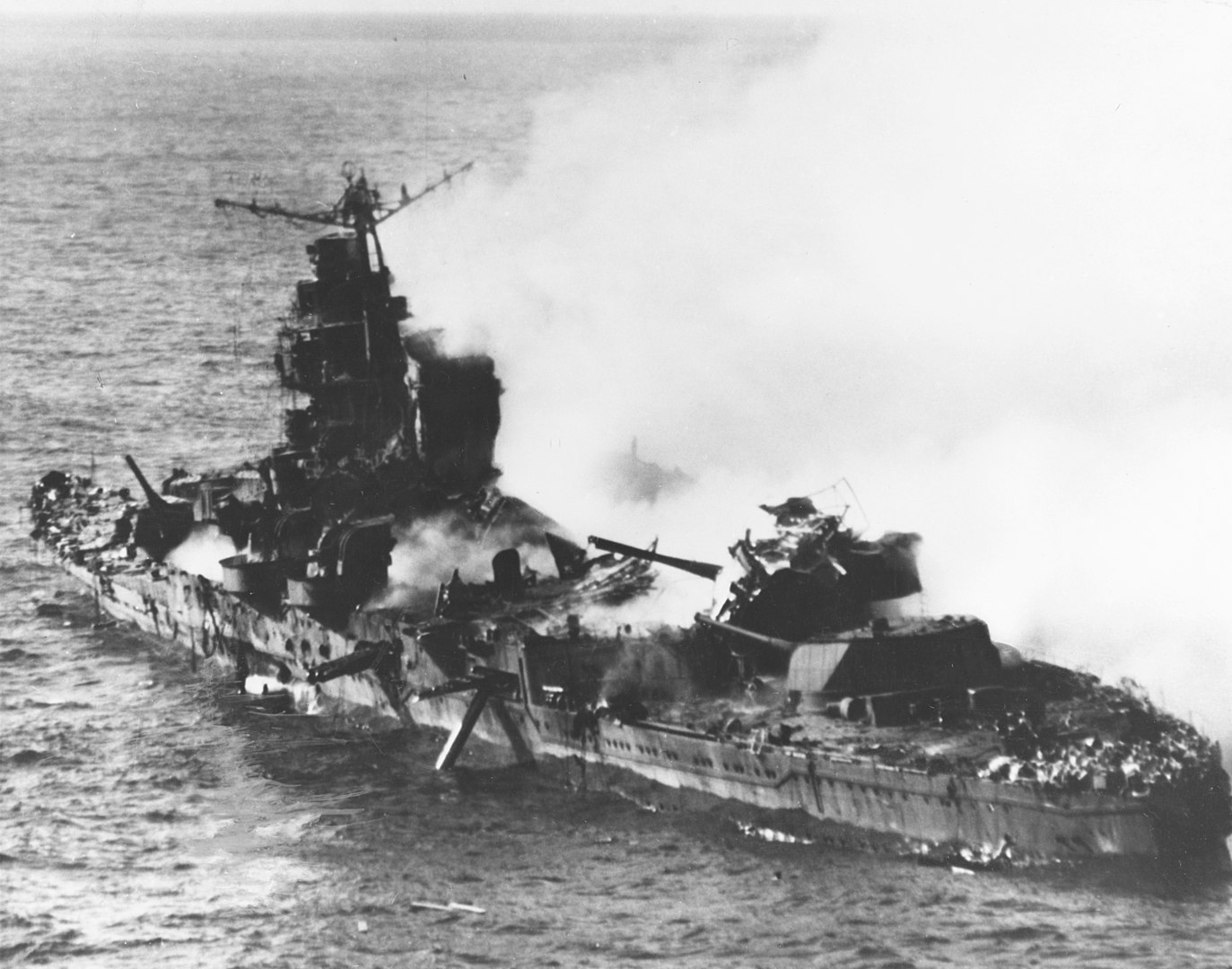What Is Victory Disease?
Looking at the actions of the Japanese military during the early phases of the War in the Pacific, it’s reasonable to believe that they may have gotten overzealous with their expansion across the ocean. In fact, it was Japan’s actions during World War II that spawned the term “Victory Disease.”
What Is It?
The term Victory Disease is used to describe what happens when a nation allows a series of victories to lead them to complacency or arrogance. Causes of Victory Disease often include commanders who try to use tactics that worked against one enemy on a new foe. This often includes ignoring military intelligence that warns of the need for new tactics. Though it’s certainly not a new concept, it wasn’t until Japan’s defeat at the Battle of Midway that the term started to be used. Early examples of Victory Disease can be found in the defeat of the Persian Empire at the Battle of Salamis in 480 BCE. Other examples are the Battle of Agincourt, the Spanish assault on England in 1588, Napoleon’s invasion of Russia in 1812, and the Battle of the Little Bighorn in 1876.
Victory Disease Hits Japan
After the December 7, 1941 attack on Pearl Harbor—which Japanese officials largely regarded as a success—the Imperial Japanese forces went on to earn additional victories against the United States and the Allies. While they should have focused on shoring up defenses and creating a perimeter that would prevent them from losing newly-conquered territories, they instead decided to continue pushing forward. With a string of successes under their belt, there didn’t seem to be much concern over being defeated in battle. The Battle of Midway is a prime example of this, as Japan was intending to surprise the Americans much as they had done successfully at Pearl Harbor. What Japanese commanders didn’t know was that American cryptanalysts had broken the Imperial Navy’s code and was prepared for the sneak attack.
Japan's case of Victory Disease led to the Battle of Midway, where the nation’s overconfidence gave the Americans the ability to strike. It was Japan’s first major defeat of the war and wound up being the turning point of the War in the Pacific. The loss at Midway cost Japan vital ground in the Pacific, putting them on the defensive for the first time. The origins of the overconfidence that led to Japan's ultimate downfall in 1945 can actually be traced back to the Sino-Japanese Wars and the Russo-Japanese War.
Though Victory Disease doesn’t always end in defeat, there are many examples throughout military history that show it is responsible for poor decision making that loses battles, or in the case of Japan in World War II, the entire war.








